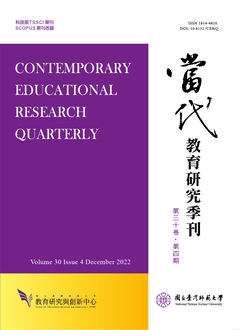

School leaders and policy makers are often faced with seriouschallenges when determining the allocation of scarce resources for specificprograms and practices. These decisions, typically made at the district, stateor federal level, have become increasingly reliant on scientifically-basedevidence that can inform what programs work, for whom, and under whatconditions. To answer these questions researchers draw on a variety ofmethodological designs and statistical techniques to make robust inferencesregarding the effect of relatively recent or existing programs and/orpractices. The science of estimating effects has grown considerably overthe past decade, aided in part by the availability of large-scale data sets thatmake it possible to simulate near-experimental conditions withoutemploying traditional methods that require randomization of units (e.g.,students, schools, districts) to treatment and control situations. Thesemethods are particularly useful especially where randomization of subjectsis not feasible. This article examines the opportunities and potentialstatistical problems when estimating effects with large-scale data sets foreducation policy and research.

本著作係採用創用 CC 姓名標示-非商業性 3.0 台灣 授權條款授權.
本刊國立台灣師範大學教育研究與創新中心
106台北市和平東路一段162號 | 電話: 02-7749-3670 | E-mail: cerecerq@gmail.com
教創中心 | 師大 | 電子報 | 線上投審系統
本刊由國家科學及技術委員會人文社會科學研究中心補助經費
© 2014 CERI-NTNU
